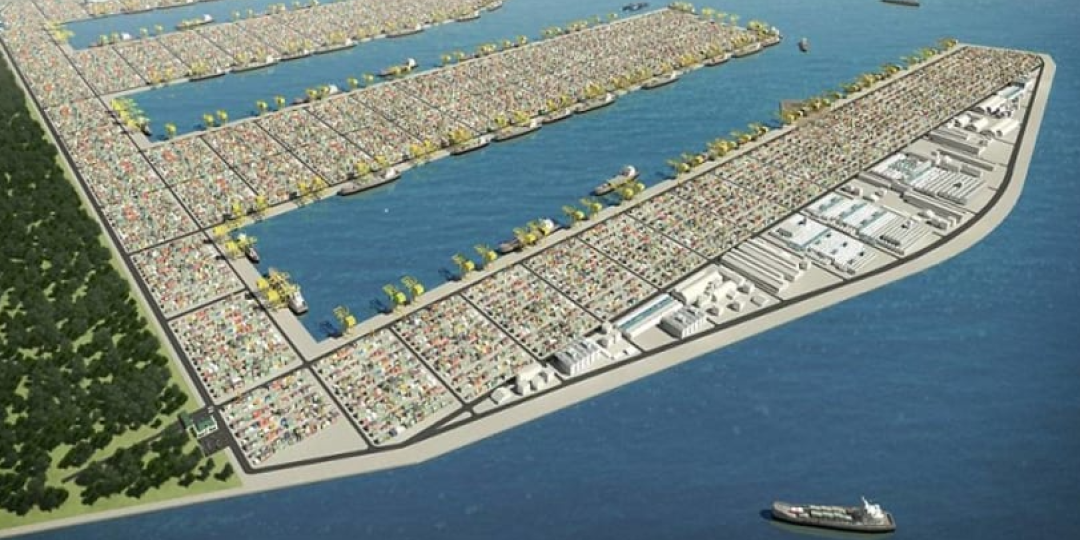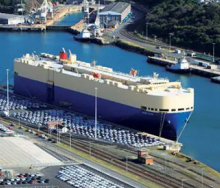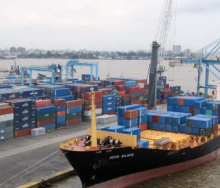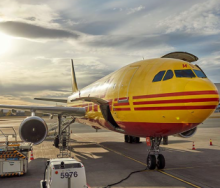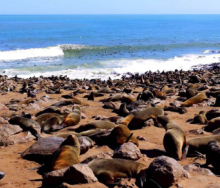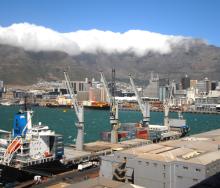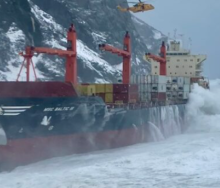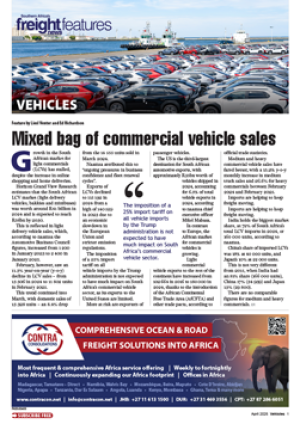The first two berths at Tuas Mega Port are operational following completion of the first of four phases of the project’s reclamation of land - and Phase 2 reclamation is now under way, according to the Maritime and Port Authority of Singapore (MPA).
This comes about six years after construction works for Tuas port began. A snapshot of Tuas provides a glimpse of where port development is going compared to other potential competitor ports of the world.
“The completion of Phase 1 reclamation for Tuas Port is a significant milestone, demonstrating our resilience amid adversity, and affirming Singapore’s status as a reliable global hub port trusted by partners,” said minister for transport S Iswaran. A major setback was Covid-19, but it managed to make up most lost time and saved costs of $1 billion.
In a media release, MPA said the Tuas Port, which would be completed in the 2040s over four phases, was expected to be capable of handling 65 million TEUs annually – double the 36m a year Singapore currently handles.
It added that Tuas, which will occupy about 1 337 hectares of land when completed, would be an “automated, intelligent, and sustainable” port, with electrified automated yard cranes and driverless automated guided vehicles to transport containers between the yard and wharf.
Tuas will be the only port in Singapore after the Port of Singapore Authority (PSA) terminals close in 2027 and the Pasir Panjang Terminal in 2040. It aims to grow the industry's value-add by $4.5 billion and create more than 5 000 new jobs for the city state by 2025.
Construction of the first phase included the fabrication and installation of 221 10-storey caissons – 15 000-tonne concrete structures used to create wharves - to form 8.6 kilometres of seawall. Phase 2 of the mega port, now under way, will involve the construction of 9.1kms of caissons.
The authorities are also "moving ahead" with plans for Phase 3, which involves partnering with others to build an ecosystem around the port and prepare for future disruptions, such as the advent of maritime autonomous surface ships. It has begun developing autonomous technologies with technological partners and already has three trials successfully completed.
The MPA has also established a network to align standards for such autonomous ships to seamlessly operate across different ports.
Automation will be a key part of the new port, with over 1 000 battery-powered driverless vehicles and the world's largest fleet of almost 1 000 automated yard cranes to be developed for the port. When fully developed, it will be the single largest fully automated terminal in the world.
Tuas will cater to the demands of the world's largest container ships, with 26kms of deep-water berths.
Planning includes space for companies to be located, a move to improve the links between port and businesses.
